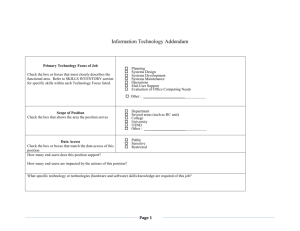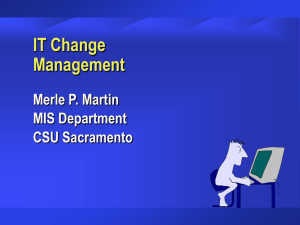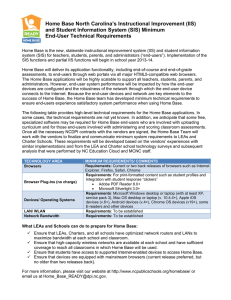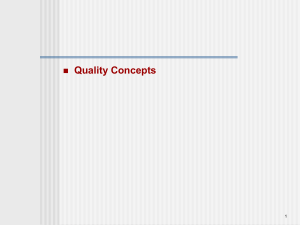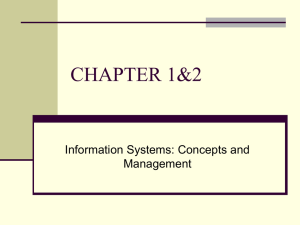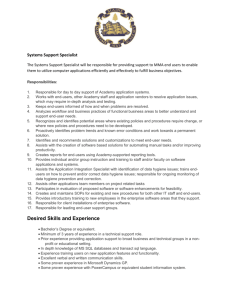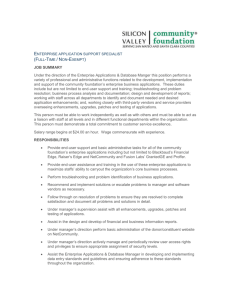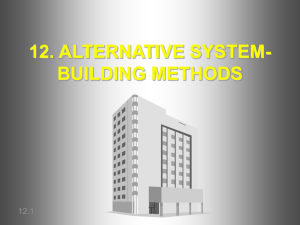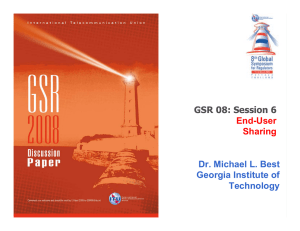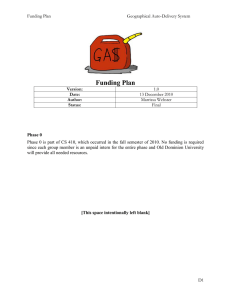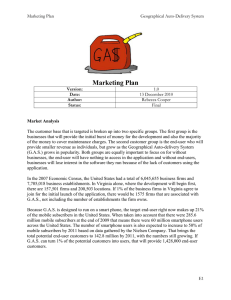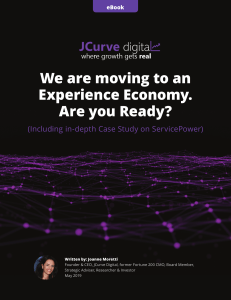116 Change
advertisement
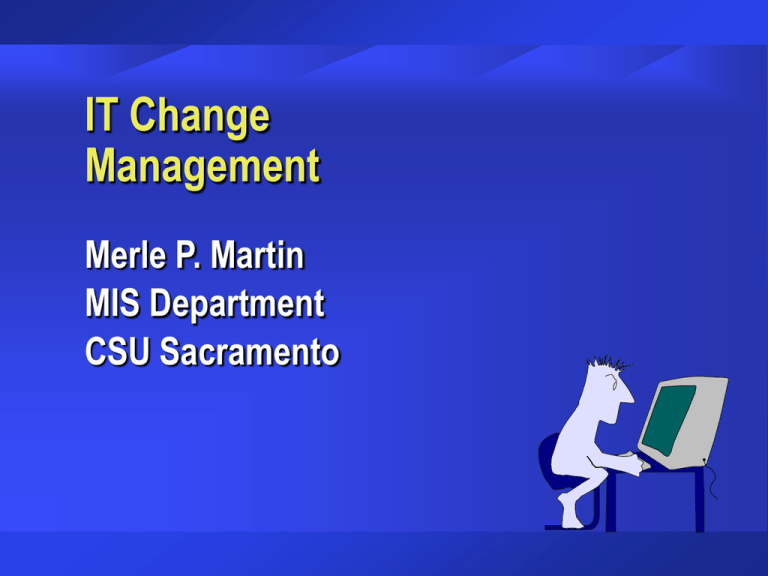
IT Change Management Merle P. Martin MIS Department CSU Sacramento Agenda Challenge of change Change process Selling change Dilbert Change “People hate change, and with good reason. Change makes us stupider, relatively speaking. Change adds new information to the universe; information we don’t know. Our knowledge - as a percentage of all the things that we know - goes down a tick every time something changes.” Dilbert Principle, pg 18 Challenge of Change Disrupts frames of reference Presents a future where past experiences do not hold true What value seniority? Engenders reluctance to IT change Types of Resistance Avoidance: pretend new systems don’t exist maintain informal / redundant record-keeping systems Projection: blame all application problems on new system Resistance (Cont.) Hostility: users antagonistic particularly to advocates of new system Sabotage: try to make new system fail High Change Low Change Business Business / Technology Rate of Change Low Change High Change Technology Change Process Develop need Assess change environment Secure end-user commitment Shift from reliance to self-reliance Develop Need Point out alternatives to existing problem Dramatize end-users importance in solving problem Convince end-users they are capable of solving problem Assess Environment AMS identifies people who can accelerate, slow, or block change initiative. Who: is driving initiative? seems to be resisting? is empowered to make decisions? can make change succeed or fail? AMS People WHO: will be affected by the change? will take an interest in change and its effects (e.g., regulators and public)? will be responsible for change when implemented? Secure End-user Commitment Build user competence Make changes easier Human Factors Training Making Change Possible Change agent IT Make system more usable EndChange users Acquire knowledge & skills Change Team Credibility Establish credibility in competence honesty objectivity empathy Assume End-User Perspective Go to end-user work areas Use end-user oriented tools Play the role of the end-user The Memo exercise Use End-users to Spread Commitment Identify / select leaders Assign them to steering committees Assign them to project teams Freeze Positive Behavior Give rewards for change latest equipment off-site training Establish continuous training rather than ad-hoc Shift from Reliance to Self Reliance Make end-users less reliant on you Sacrifice your ego Build end-user ownership “Old change-agents never die; they just fade away.” Selling Change Ferguires (1991) Areas of end-user concern Relative Advantage: What’s in it for me? How will my relative position be enhanced by this change? Selling Change Compatibility: What is the same in the new and old systems? What won’t I have to learn? Complexity: How long is the learning curve? Will I be able to learn the new system? How long will it take? Selling Change Try-ability: Can I try it before I commit? Prototyping Observability: Can I see it in action? Who else is using it? Do they like it? Points to Remember Challenge of change Change process Selling change
